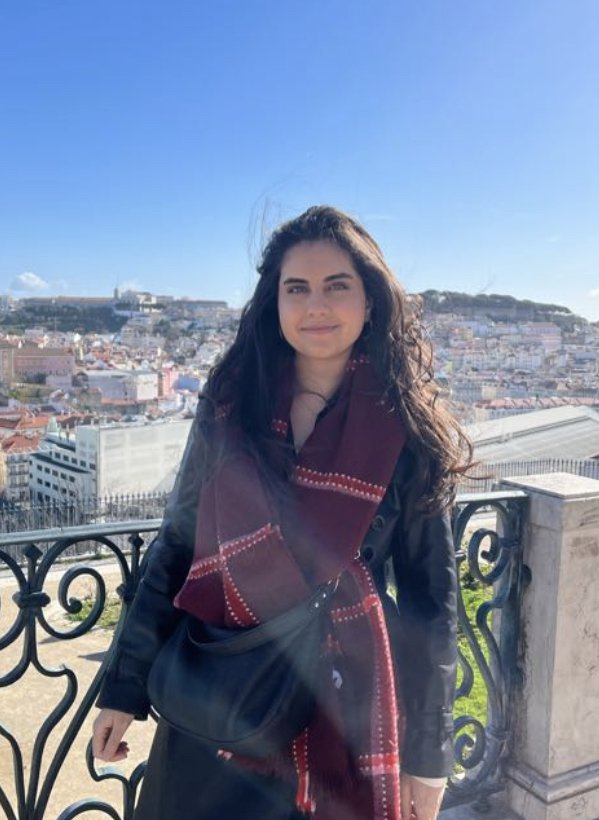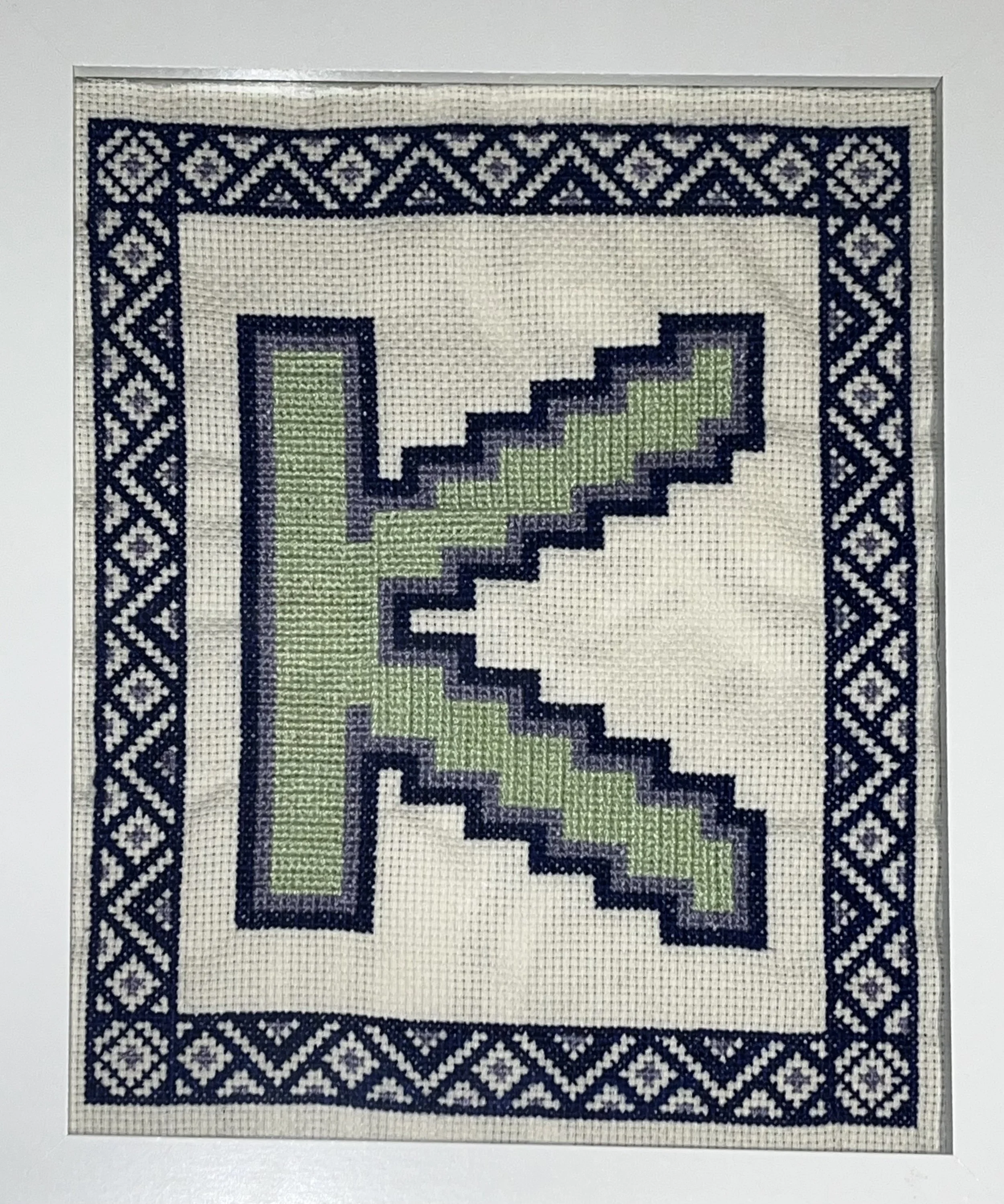Point of View: “Stitch by stitch I became enthralled creating something that connected me to my Palestinian culture”
Tatreez - or embroidery - is recognised as one of the pillars of Palestinian culture, heritage, and fashion. Jana Nemer writes about her journey into the craft, and how she began embroidering as a way to creatively connect to her heritage.
My journey into the world of Palestinian embroidery, otherwise known as tatreez, was an unexpected one. I had never considered myself to be a particularly creative or artistic person; however, when I attended an event organised by the King’s College London Students for Justice for Palestine Society for learning tatreez in 2022, I was immediately drawn to the creative processes involved in this traditional style of embroidery. Starting from a small cypress tree in that initial session, to now creating personalised names and larger, more complex framed patterns, stitch by stitch I became more enthralled by the idea of creating something through embroidery that would connect me to my Palestinian culture and allow me to represent it in an imaginative way.
Although my developing of tatreez as a form of self-expression was unexpected, I had been surrounded by it at home since I was a child. Our home was filled with tatreez on cushions and table runners, and we have always had embroidered shawls and our own thobes (traditional Palestinian embroidered dresses); tatreez was, is, and will continue to be a familiar and cherished part of our lives as Palestinians. In fact, the beauty of tatreez is that it is not limited to clothing or home decor, but that it is a part of everyday life for Palestinians.
A4 embroidered K letter framed as a birthday gift for my cousin.
Tatreez also brings people together. Around the world there are various ways of connecting people with a passion for tatreez together. For example, tatreez collectives are social events in which people get together to stitch, share their latest creations, and socialise. Similarly, many accounts on social media owned by lovers and designers of the traditional embroidery style display their new ideas, creations, and tips. Alongside this, tatreez is a skill that has been passed on through generations of families and communities as a form of cultural resistance, which is something that will no doubt continue; I have even taught my sister how to stitch in the traditional Palestinian style!
A set of coasters embroidered with olive branches, a traditional symbol of Palestine.
Beyond this, in my own life I enjoy connecting with others through tatreez by making personalised gifts for my friends and family. From designing and stitching their names in their favourite colours, to creating framed patterns and coasters, when I gift these presents, I feel proud that I have put my culture, time, and creativity into making something tailored to them. I especially feel this when the receivers of these gifts are also Palestinian and already understand the value and significance of Palestinian embroidery in our culture. For example, my favourite tatreez creations have been those that I stitched for my grandma; just seeing her reaction to a cultural staple that is important to her and knowing that even if I cannot always be physically near her, my creations are with her displayed in her home in Lebanon, makes me feel even more connected to my heritage and country and grateful for this skill.
The creative processes involved in producing these embroidered creations are something that I have grown to love even more each time I undertake a new project. Accurately measuring and designing the patterns online, carefully selecting the colours, and bringing them to life stitch by stitch are just some of the steps that I enjoy- but of course nothing beats seeing the final creation knowing how much has gone into it. I am excited to continue developing and improving this skill in the future, thinking of more innovative and complex designs, and hopefully one day passing this cultural form of resistance onto others, including my own future children.
A traditional design.




